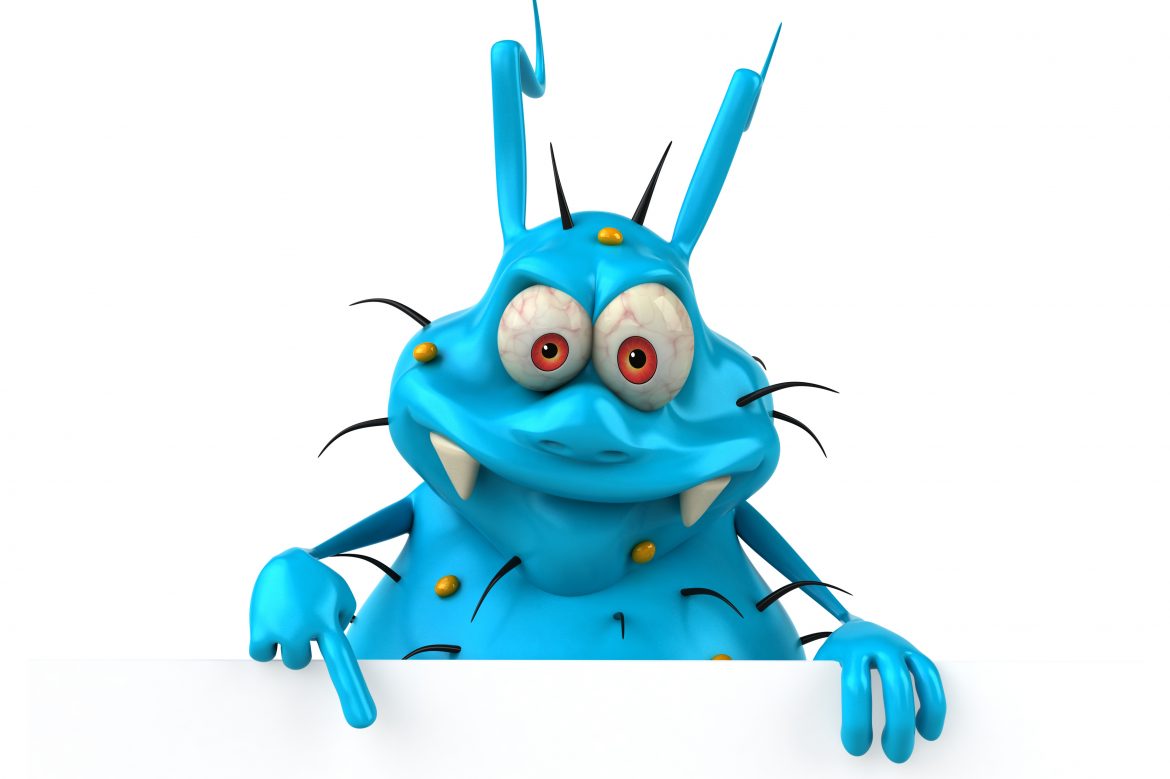
How Much of Our Bodies Belong to Us?
If you are familiar with the term “microbiome” you may have stumbled upon articles suggesting that we have 10 bacteria for every single cell in our bodies. However, all those popular science books, magazines, videos and studies mentioning the importance of bacteria may have been exaggerating things a little. As it turns out, this was just a myth similar to the one stating “an average person only uses 10 per cent of his brain”.
An article, reviewing the research results of more than 40 years on the subject, claimed that there is “zero” scientific evidence to back this 10:1 ratio. A group of biologists lead by Ron Milo of the Weizmann Institute of Science represented the latest estimates regarding the microorganisms living in our bodies: 3 bacteria for every 1 human cell.
An old myth
But where did this 10:1 ratio come from in the first place? A team of scientists scanned all the available literature on microbiology and found a report published in 1970 by Thomas D. Luckey, an American microbiologist. Luckey estimated that one gram of human stool sample hosted 100 billion microbes. About 1,000 grams of stool from an average adult human led Luckey to the result of 100 trillion microbes in total.
Seven years after Luckey, famous microbiologist Dwayne Savage mashed this estimate with the fact that there are about 10 trillion human cells in the average human. Ultimately, the 10:1 ratio became legit and the scientific community kept referring to this ratio whenever someone talked about bacteria, until 2014.
Temporary dominance with every flush
Judah L. Rosner, a molecular biologist and geneticist from the National Institute of Health, wrote a letter to Microbe Magazine insisting that the number of human cells was far more than 10 trillion. He said, "More recent estimates put the total number of human cells at anywhere from 15 trillion to 724 trillion, and the number of gut microbes at anywhere between 30 trillion and 400 trillion. Which gives a ratio that can best be expressed as ¯\_(ツ)_/¯."
Latest estimates are contradictive
The latest research by Milo and his team reached the conclusion of 39 trillion microbes versus 30 trillion cells, but… According to Milo’s estimates, about 90 per cent of human cells are red blood cells, which lack DNA and are unable to divide. So, if we remove these cells from the equation, we might have to go back to the good old 10:1 ratio. Whatever the ratio is, one fact remains: The bacteria play such a crucial role that they can alter our immune systems, feeding habits and digestion, the effects of certain medicines, our mood, and even our behaviour.
REFERENCES
- 1. http://journals.plos.org/plosbiology/article?id=10.1371/journal.pbio.1002533
- 2. https://www.sciencealert.com/how-many-bacteria-cells-outnumber-human-cells-microbiome-science
- 3. https://www.theatlantic.com/science/archive/2016/01/youre-probably-not-mostly-microbes/423228/?dom=pscau&src=syn
